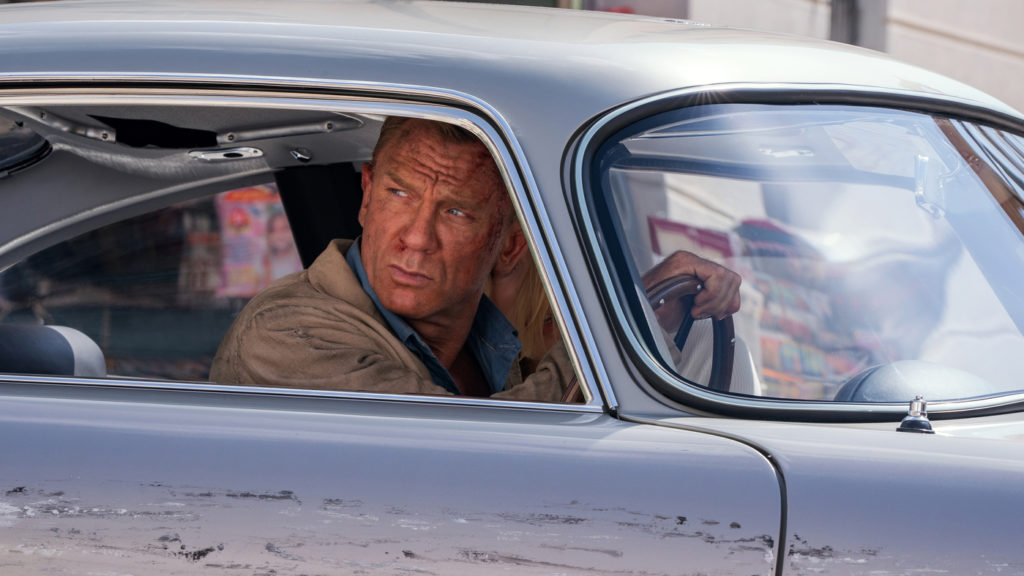James Bond drive through Matera, Italy in No Time To Die.
We wondered how James Bond manages to stay healthy,” says co-author Teun Bousema, a researcher at Radboud University Medical Center, Nijmegen, the Netherlands.
Bond’s seeming imperviousness to infectious disease is perhaps not surprising, given his ability to regularly survive all kinds of potentially lethal threats.
James Bond in No Time To Die handles raw fish.
In other films, he fails to wash his hands after handling raw chicken, risking bacterial infections including Campylobacter, Salmonella, or Clostridium.
007 also fails when it comes to “taking even the most basic of precautions” against diseases caused by insect bites, such as malaria, dengue, and chikungunya, which are endemic in several of his travel destinations including the Bahamas, Jamaica, and India, respectively.
Even the most recent Bond film, No Time to Die, was filmed pre-COVID-19 .
James Bond in No Time To Die.
Typically, Bond’s romantic relationships are “brief, with little time for a healthy exchange of sexual history,” and little to suggest that he uses condoms, the study authors note.
This will continue to include avoiding crowds or close encounters when symptomatic of any pathogen, known or unknown,” Bousema says.
He will have struggled there, and I do see major challenges for him working from home.
In that sense, the conspiracy theories about being traceable after COVID vaccinations may actually have convinced him to get his shots,” Bousema jokes.
The paper also lists several other risky Bond behaviors, such as diving without taking precautions against decompression sickness, risking dehydration by drinking alcohol while engaging in extreme activities in warm climates, and never being seen applying sunscreen despite spending plenty of time in sunshine.
The health risks from Bonds’ excessive smoking and drinking habits have actually been studied by other investigators and published in medical journals, including one reported by NPR in 2013.
